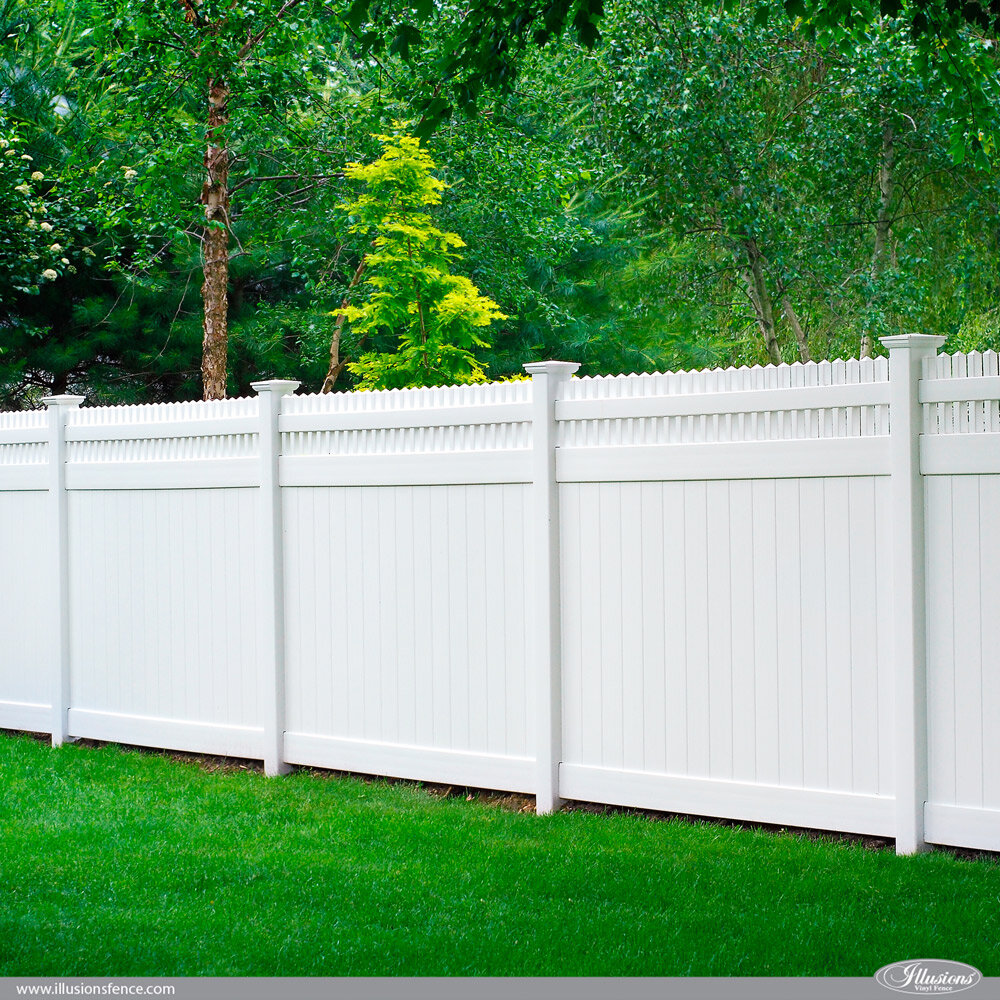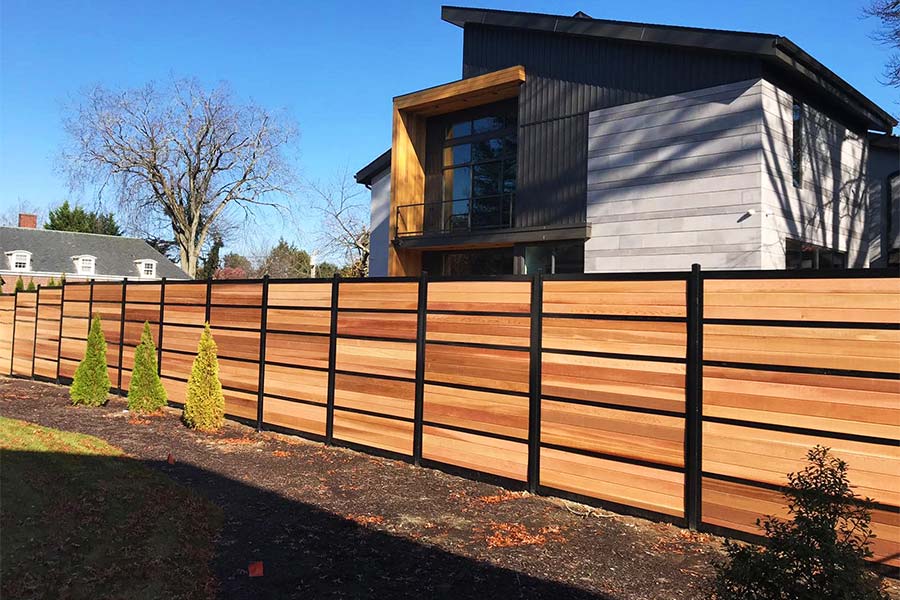All Categories
Featured
Mounting a fencing on your property can add personal privacy, security, and aesthetic charm, but before you begin digging holes and establishing messages, it's essential to recognize whether you require an authorization. Not obtaining the needed permits could result in fines or the need to get rid of the fencing.
Why Are Allows Required for Fence Setup? Licenses are necessary for making certain that your fence adheres to regional zoning regulations and building regulations. These regulations aid ensure the security of your building and the surrounding area. Additionally, allows prevent disagreements with next-door neighbors or regional authorities, particularly when it pertains to property lines, height limitations, and overall design.
In a lot of cases, local authorities require authorizations to manage things like presence at crossways or the distance of a fencing to public rooms like sidewalks or roads. Permits additionally help ensure that fencings are installed correctly and safely, specifically when it concerns high fencings or distinct materials.
Common Kinds of Permits for Fence Setup. The kind of fence you intend to mount and your place will determine which permits are needed. Right here are the most common types:
Building Permit. A building authorization is normally needed for fencings that go beyond particular height restrictions (often over 6 feet), are situated near a public road or pathway, or are made from details materials. Structure allows make certain that the structure satisfies regional building regulations, including safety and security standards.
Zoning License. Zoning licenses are usually required to make certain that your fencing abides by neighborhood zoning laws. Zoning legislations can define where a fencing can be positioned on your home (e.g., along home lines or in front lawns), as well as set limits on fence elevation. These laws are created to avoid obstructions that can influence web traffic safety and security or area aesthetics.
![]()
Setback Authorization. In some areas, you might need an obstacle authorization to put your fencing a certain range from residential property lines, roadways, or energies. Obstacles are meant to maintain proper space in between structures and residential property boundaries, lowering possible problems with neighbors or public infrastructure.
Homeowners Organization (HOA) Authorization. If your residential or commercial property belongs to an area regulated by a Homeowners Organization (HOA), you will likely require authorization from the HOA prior to installing a fence. HOA guidelines usually govern the style, elevation, materials, and also shade of fencings, ensuring that they match the overall visual of the community.
The Refine for Obtaining a Fence Authorization. To acquire a fence license, you usually need to call your regional city or area office. Many areas have a structure department or planning office where you can get permits. The process involves completing an application and providing detailed information regarding your suggested fencing, including:
Fence layout (materials, height, design) Location on the residential property. Building line details (for precise placement) In most cases, a site strategy showing the suggested fence's placement will certainly be called for. You may also need to pay a permit charge, which can differ based on location and the complexity of the job.
As soon as you send your application, the regional authorities will certainly review it to guarantee the fencing follows local guidelines. Relying on your place, you might also require to schedule an examination or permit for a property survey.
When Do You Not Required a Permit? In some situations, a license might not be called for. Commonly, you may not need a license if:
![]()
The fencing is under a certain height (commonly 3-4 feet for front backyards) You're changing an existing fence with the same type and height. The fencing is short-term (such as a garden fencing) It's constantly a great concept to inspect with your regional building or zoning division to validate the requirements, as regulations can differ.
Repercussions of Not Obtaining a License. In some instances, you might require to re-install the fencing according to code, which could be expensive and time-consuming. Additionally, not adhering to the appropriate permitting process can create problems with neighbors, specifically if your fence extends beyond your property line or does not fulfill elevation or design demands.
Conclusion. Before mounting a fencing, see to it you recognize the local regulations and whether you require an authorization. It's essential to consult your neighborhood structure or zoning office, along with your HOA if appropriate, to understand what's required. By getting the appropriate licenses, you'll make certain that your fencing is legally compliant, secure, and devoid of future difficulties. Taking this extra step will certainly save you money and time in the future while offering satisfaction that your task gets on the ideal track.
Why Are Allows Required for Fence Setup? Licenses are necessary for making certain that your fence adheres to regional zoning regulations and building regulations. These regulations aid ensure the security of your building and the surrounding area. Additionally, allows prevent disagreements with next-door neighbors or regional authorities, particularly when it pertains to property lines, height limitations, and overall design.
In a lot of cases, local authorities require authorizations to manage things like presence at crossways or the distance of a fencing to public rooms like sidewalks or roads. Permits additionally help ensure that fencings are installed correctly and safely, specifically when it concerns high fencings or distinct materials.
Common Kinds of Permits for Fence Setup. The kind of fence you intend to mount and your place will determine which permits are needed. Right here are the most common types:
Building Permit. A building authorization is normally needed for fencings that go beyond particular height restrictions (often over 6 feet), are situated near a public road or pathway, or are made from details materials. Structure allows make certain that the structure satisfies regional building regulations, including safety and security standards.
Zoning License. Zoning licenses are usually required to make certain that your fencing abides by neighborhood zoning laws. Zoning legislations can define where a fencing can be positioned on your home (e.g., along home lines or in front lawns), as well as set limits on fence elevation. These laws are created to avoid obstructions that can influence web traffic safety and security or area aesthetics.

Setback Authorization. In some areas, you might need an obstacle authorization to put your fencing a certain range from residential property lines, roadways, or energies. Obstacles are meant to maintain proper space in between structures and residential property boundaries, lowering possible problems with neighbors or public infrastructure.
Homeowners Organization (HOA) Authorization. If your residential or commercial property belongs to an area regulated by a Homeowners Organization (HOA), you will likely require authorization from the HOA prior to installing a fence. HOA guidelines usually govern the style, elevation, materials, and also shade of fencings, ensuring that they match the overall visual of the community.
The Refine for Obtaining a Fence Authorization. To acquire a fence license, you usually need to call your regional city or area office. Many areas have a structure department or planning office where you can get permits. The process involves completing an application and providing detailed information regarding your suggested fencing, including:
Fence layout (materials, height, design) Location on the residential property. Building line details (for precise placement) In most cases, a site strategy showing the suggested fence's placement will certainly be called for. You may also need to pay a permit charge, which can differ based on location and the complexity of the job.
As soon as you send your application, the regional authorities will certainly review it to guarantee the fencing follows local guidelines. Relying on your place, you might also require to schedule an examination or permit for a property survey.
When Do You Not Required a Permit? In some situations, a license might not be called for. Commonly, you may not need a license if:

The fencing is under a certain height (commonly 3-4 feet for front backyards) You're changing an existing fence with the same type and height. The fencing is short-term (such as a garden fencing) It's constantly a great concept to inspect with your regional building or zoning division to validate the requirements, as regulations can differ.
Repercussions of Not Obtaining a License. In some instances, you might require to re-install the fencing according to code, which could be expensive and time-consuming. Additionally, not adhering to the appropriate permitting process can create problems with neighbors, specifically if your fence extends beyond your property line or does not fulfill elevation or design demands.
Conclusion. Before mounting a fencing, see to it you recognize the local regulations and whether you require an authorization. It's essential to consult your neighborhood structure or zoning office, along with your HOA if appropriate, to understand what's required. By getting the appropriate licenses, you'll make certain that your fencing is legally compliant, secure, and devoid of future difficulties. Taking this extra step will certainly save you money and time in the future while offering satisfaction that your task gets on the ideal track.
Latest Posts
Explore WyHy FCU – Top Benefits for Your Financial Future
Published May 25, 25
2 min read
Boost Your Home's Outside with Weathercraft's Exterior siding Solutions
Published May 23, 25
1 min read
Don’t Miss Special Auto Repair Offers in Chicago at Montclare Auto Repair
Published May 18, 25
1 min read